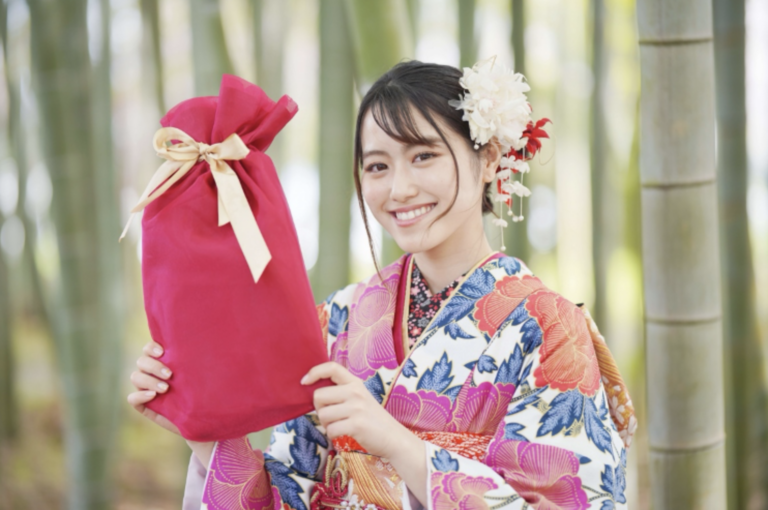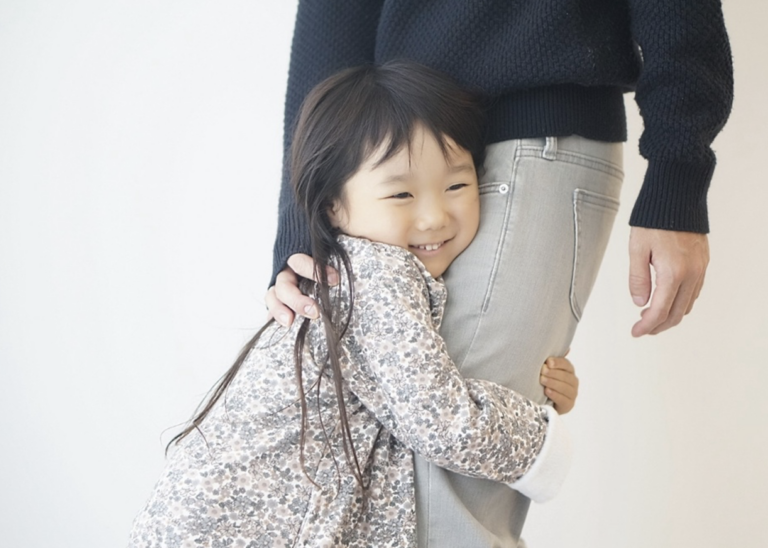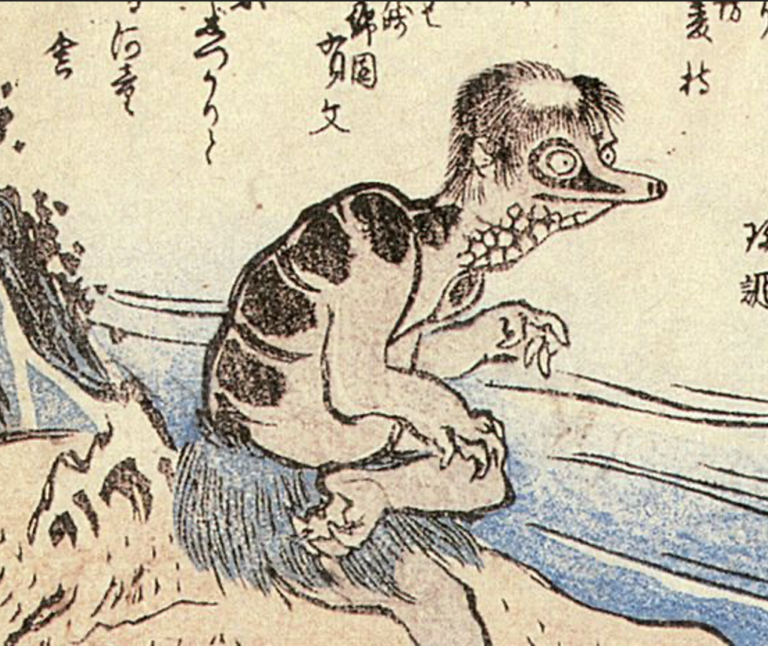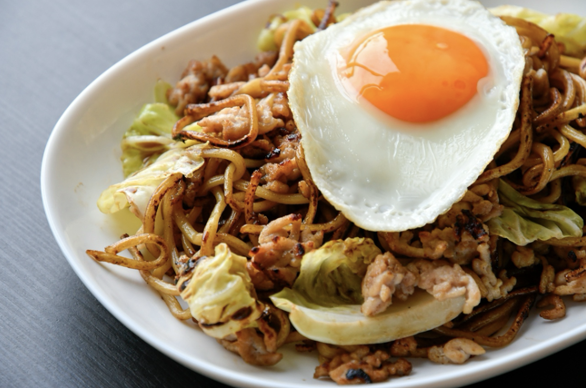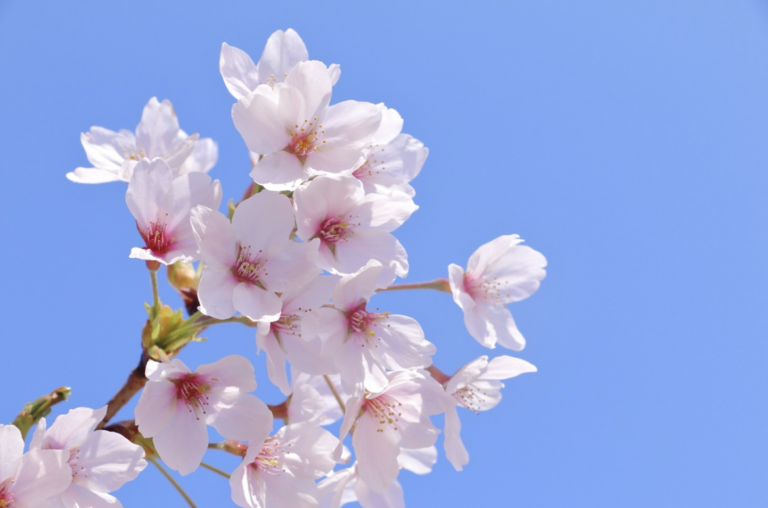Japanese they don’t teach you at school. Find out what Japanese really think!
The Japanese often do not clearly express their true feelings. They do not say no to things they don’t like, nor do they say no to things they don’t want. This is where the difficulty lies in not being able to communicate exactly with the Japanese you learnt at school.
This time, I will tell you how to find out the true feelings of the Japanese, which are not taught in school.
結構です(“kekko desu”: I’m fine / No, thank you)
The original meaning of the word “kekko” is “wonderful”, but it is also used to mean “no”.
For example, when shopping, if you are asked, “Would you like to buy this item as well?” Instead of saying no, you can use the phrase, “kekko desu”.
If this term is used when you recommend something, assume that your recommendation has been turned down. If it is said when you ask someone out on a date, give up and assume you have been rejected.
またの機会に (mata no kikai ni: another time)
Suppose, for example, you ask someone out to dinner, and they tell you this. Many foreigners would probably ask the person out again on another occasion.
However, this means, “I don’t want to have dinner with you”. If they really want to go but just can’t fit it into their schedule, then the conversation will turn to adjusting their plans.
“Mata no kikai ni” means you have been turned down.
大丈夫です (daijoubu desu: it’s okay)
Did you know that the word “daijoubu” can mean both “okay” and “no”? When used in the same way as “kekko desu” as above, it means no.
For example, if you ask someone if you can do a job for them and they say “daijoubu desu”, it means it is okay.
If you ask someone if they would like to add an option when shopping, and they say “daijoubu” take their response as a “no”.
It’s difficult, isn’t it?
Repetition
For example, “kawaii, kawaii” (cute, cute) or “oishii, oishii” (tasty, tasty) said repeatedly. In this case, it often shows the person is answering without meaning it.
If you ask someone if you are cute and they reply, “Kawaii, kawaii” without even looking at you it tells you that they are a rude person.
The ambiguity of these difficult expressions is often misunderstood, even by Japanese, but if you are conversing face to face, it is better to read the expressions on the other’s face to understand them. If they look uncomfortable , they are refusing. This ambiguity exists in Japan because there is a sense that it is impolite to say no to someone.
Before getting confused, I hope you will see it as a sign of the inherent kindness of the Japanese people.
If you understand this, it may mean that you have come into contact with the “essence of Japanese aesthetics”.
ABE KENGO


